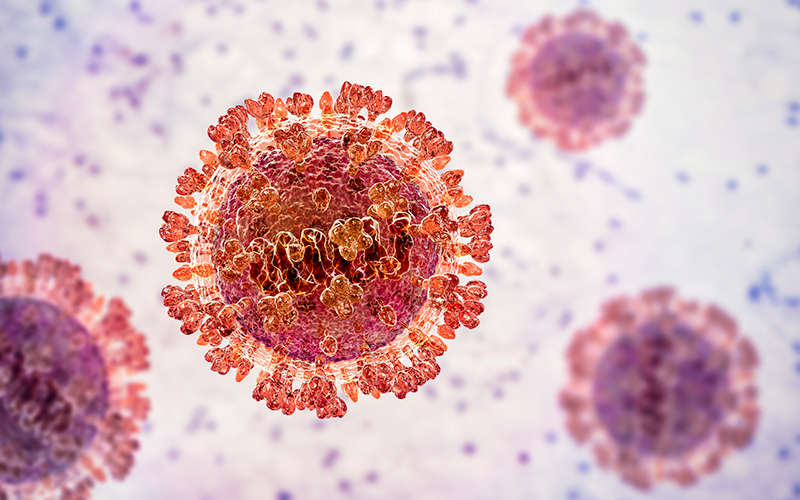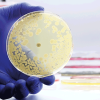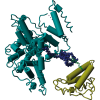Researchers have shed light on how a highly infectious virus, which has recently transferred from animals to people, is able to enter human cells.

The University of Queensland’s team uncovered the structure of the fusion protein of Langya virus, which was discovered in people in eastern China in August 2022.
Dr Ariel Isaacs said the virus caused fever and severe respiratory symptoms and was from the same class of viruses as the deadly Nipah and Hendra viruses.
“We’re at an important juncture with viruses from the Henipavirus genus, as we can expect more spillover events from animals to people,” Dr Isaacs said.
The team used the University of Queensland’s molecular clamp technology to hold the fusion protein of the Langya virus in place to uncover the atomic structure using cryogenic electron microscopy at the university’s Centre for Microscopy and Microanalysis.
Image credit | Istock




